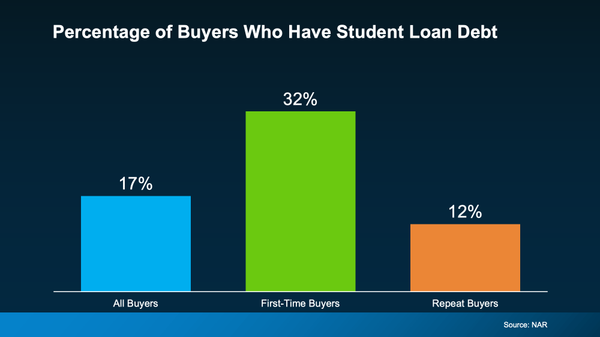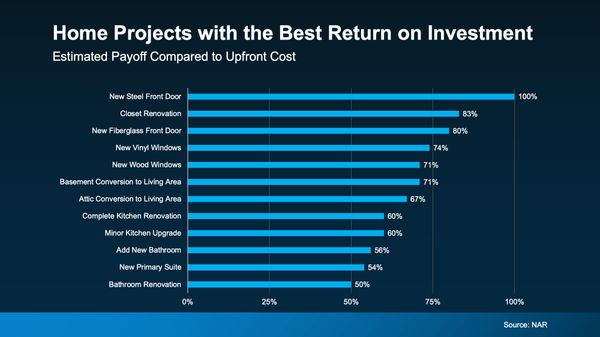The Housing Paradox: High Inventory, High Prices

🏡 The Housing Paradox: High Inventory, High Prices
Las Vegas & Henderson Q2 Market Update – June 2025
By Graham Team Real Estate Advisors
This quarter’s market is defying economic “norms.” Traditionally, when inventory rises, home prices tend to soften — but that’s not what is happening in the housing market right now. Despite an increase in available listings, prices remain steady or even inched upward.
So, what’s behind this abnormal market condition? In this update, we’ll explore the key factors driving this unique market behavior and what it means for both buyers and sellers moving forward this year.
Let’s start by looking at historical data for median home prices to available inventory (homes available not under contract).

As you can see, inventory has spiked in 2025, yet home prices have held steady, with the median price hovering around $480,000+/- since November 2024.
Over the past 12 months, the Southern Nevada housing market has experienced some notable shifts. At first glance, many of the data points suggest we should be in a strong buyer’s market. But surprisingly, home prices have remained stable.
📊 How the Market Has Shifted Year over Year
- Median Home Price: $485,000
The current median price for a single-family home is up 2% year-over-year, landing at $485,000. This slow but steady growth suggests resilient demand, even in the face of rising inventory. - Total Active Listings: 7,600
Inventory has increased by 70% compared to this time last year — a dramatic jump. Again, with this type of spike in supply without a matching surge in demand, we would expect home prices to fall. But that hasn’t happened here. - Homes on Market Over 60 Days: 3,350
The number of homes lingering on the market for 60 days or more has grown by 28%. In most markets, this would be a sign of not enough demand, which would result in prices reducing. - Average Days on Market: 22
This stat has increased by 57% since June 2024. Homes are taking longer to sell, which typically signals a shift in negotiating power toward buyers. But instead of sparking widespread price cuts, sellers are either standing firm or pulling their listings altogether. - Months of Inventory: 3.7
This is one of the most telling numbers. A neutral market in Southern Nevada typically falls between 2 to 3 months of inventory. Once we pass the 4-month mark, we enter buyer’s market territory. At 3.7 months, we’re hovering just below that threshold — indicating that while buyer leverage is growing, supply and demand remain relatively balanced for now.
🤔 So, Why Aren’t Home Prices Falling?
Here are a few key factors helping keep prices steady:
- Not all inventory is equal: A significant portion of current listings have either been listed over market price and sellers are not showing the need to lower prices.
• Sellers are holding firm: Rather than reduce prices, many homeowners are simply pulling their listings off the market if they don't get their desired offer. This limits true supply and keeps pressure on home price to remain flat.
• Resale homes are facing tougher conditions compared to new construction. Several master-planned new home communities have lowered their asking prices and are offering below-market interest rates to attract buyers. This makes it all the more surprising that resale home prices have remained relatively consistent.
• Buyer activity is steady, not gone: While buyer urgency has cooled, demand hasn't disappeared. Well-priced, well-presented homes are still selling, often in under 30 days.
📉 Interpreting the Numbers: What’s Really Happening?
A large number of homes currently on the market are listed over market value or poorly positioned, and they’re sitting far longer as a result. These listings inflate the inventory count and create a false perception that the market is saturated — but in reality, they are not priced to market.
When we filter out homes that have been listed for more than 60 days — many of which fall into that overpriced or under-marketed category — we’re left with 4,250 active listings that have been on the market less than 60 days. That’s a more accurate representation of what buyers are actually considering. And at that level, we’re looking at around 3 months of true inventory, which is right in line with 2024 levels.
In other words, the core of the market — homes that are priced right and show well in most areas — are performing steadily. These are the properties still attracting serious buyers and moving within reasonable timeframes.
The reason is that new home builders had raised their asking prices at a faster rate than the resale market over the past year, so the recent price reductions have simply brought them more in line.
The takeaway? Steady prices in today’s market aren’t a mystery — they’re the result of selective buyer behavior, disciplined sellers, and external cost pressures that continue to shape the housing landscape.
🧯 Debunking the Headlines
❌ Myth: “No one is buying homes anymore.”
✅ Fact: Over 11,000 homes have sold so far in 2025 — just 5% below 2024.

❌ Myth: “Prices are crashing.”
✅ Fact: Median prices have risen 23% over the last 5 years, year over year up 2%.

🎯 Key Opportunities in Today’s Market
For Sellers:
Today’s market is all about precision. It's no longer enough to simply list your home and wait for offers. This is a pricing-sensitive environment where accuracy, presentation, and agent strategy are essential.
Homes that are staged well, updated, and priced right are still moving quickly — often with strong offers. Buyers are showing a clear preference for move-in ready homes that don’t require additional time or out-of-pocket costs.
🔑 What makes the biggest difference today? Working with an agent who knows how to go beyond the MLS — leveraging marketing, targeting qualified buyers, and providing sound pricing guidance.
For Buyers:
If you’ve been waiting for the right time to make a move, this may be your best opportunity since 2020. With inventory rising and competition easing, buyers have more negotiating power today than they’ve had in years.
You’re no longer rushed into same-day decisions or facing aggressive bidding wars. In fact, many sellers are now willing to negotiate on price, pay closing costs, or contribute toward temporary interest rate buydowns — all of which can help make monthly payments more manageable.
🔑 Better yet, loan programs have expanded to meet buyers where they are:
- Temporary rate buydowns that lower your interest rate for the first 1–3 years
• Down payment assistance for first-time buyers or those with moderate income
• Flexible lending options to support a broader range of credit profiles
This market gives you the chance to shop thoughtfully, negotiate confidently, and still build equity in a stable pricing environment.
🧭 What’s Holding Buyers Back? (And Why It Shouldn’t)
In a recent survey of over 11,000 prospective homebuyers, the top reasons for hesitation were:
- Mortgage rates
- Home prices
- Down payment
- Available inventory
These are understandable concerns — but also areas where strategic planning can unlock opportunity.
- Rates may be higher than pandemic lows, but they're manageable, especially when paired with buydown options or future refinance potential.
- Home prices are steady, not skyrocketing, which means buyers can grow equity without overpaying.
- Down payment challenges can be met with today’s assistance programs.
- As for inventory? While it's improving, buyers now have more time and more options, giving them the breathing room to make smarter, more confident decisions.
✅ Final Takeaway
In times of uncertainty, it’s natural for buyers and sellers to hesitate — especially with so much noise in the headlines and questions about where the market is heading both nationally and globally.
But history shows us something important: the people who win in real estate are often the ones who act while others wait.
Right now, we’re in a window where hesitation is high — and that creates opportunity. Smart buyers and sellers are using this moment to make moves before the next wave of market activity begins. Because once confidence returns and momentum picks up, prices and competition tend to follow.
📌 The best opportunities often come while others are still on the sidelines.
Categories
Recent Posts










